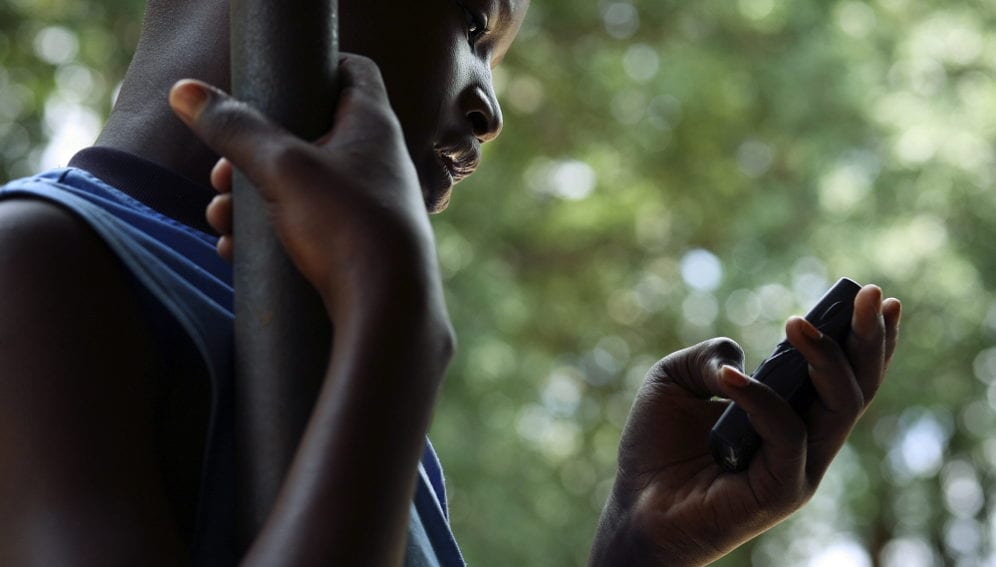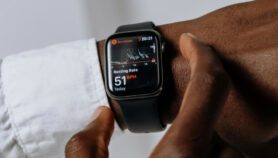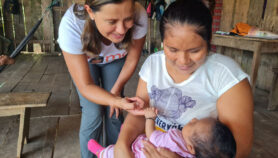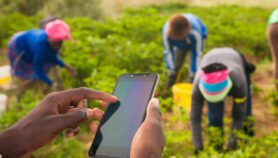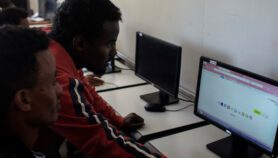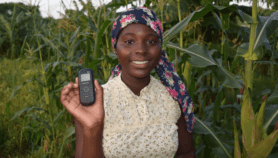By: Alice Hazelton
Send to a friend
The details you provide on this page will not be used to send unsolicited email, and will not be sold to a 3rd party. See privacy policy.
A handheld device that performs a range of chemical tests and transmits the results for remote analysis through a standard mobile phone call could be commercially available within 12 months.
The device, known as the uMED (universal Mobile Electrochemical Detector), could cost as little as US$10 to buy once a manufacturing process is in place, its developers say. It can detect levels of glucose or malaria-causing parsites in blood, salts in urine, and toxic metals in water.
The device plugs into the audio port of a mobile phone and transmits its test results to a cloud server as a series of coded tones through a standard (2G) audio phone call. Usually 3G and 4G networks are required to transmit remote diagnostics, but in the developing world their coverage can be patchy.
“The device would connect to any cell phone,” says Alex Nemiroski, a chemist at Harvard University in the United States and one of the device’s developers. This is important because “there are cell phones and 2G networks all over, even in places where there are no roads and no running water”, he says.
Another advantage of the uMED is that it can operate for months at a time on a single battery charge, he adds.
“The device is really simple to use,” he says. A user just inserts a test strip into the device, selects the test, applies the sample of blood, urine or water to the test strip and makes a phone call, which automatically transfers the results.
Patients can receive their diagnosis — potentially by SMS message — once the results have been analysed remotely by an expert, says Nemiroski. The results could also be automatically archived, he suggests, allowing governments to survey the spread of disease, for example.
The simple construction of the uMED, and the fact that it uses an open-source controller unit, means it can be reprogrammed and adapted to local needs or conditions, he says.
Nemiroski and colleagues published a paper outlining the device in Proceedings of the National Academy of Sciences in June. The uMED is currently undergoing field trials in India.
Conor Hogan of the Institute of Molecular Science at La Trobe University, Australia, says the device is interesting because users don't need to have an internet connection to send off the results.
“A lot of the latest developments within the area of low-cost sensing and e-health have tended to focus on smart phones,” he says. But “doing it the most basic way possible makes it available to the widest number of people, especially those in resource-poor environments”.
Nemiroski says the team is trying to increase the number of tests uMED can perform using one test strip, and working on incorporating different types of detection, such as optical sensing.
> Link to abstract in Proceedings of the National Academy of Sciences
References
PNAS doi: 10.1073/pnas.1405679111 (2014)


